2023 in spaceflight: Chandrayaan-3 and other missions that defined space exploration this year
Space missions reach new heights in 2023 as India sticks lunar landing, NASA studies asteroids, and SpaceX iterates at warp speed. The final frontier continues to inspire.
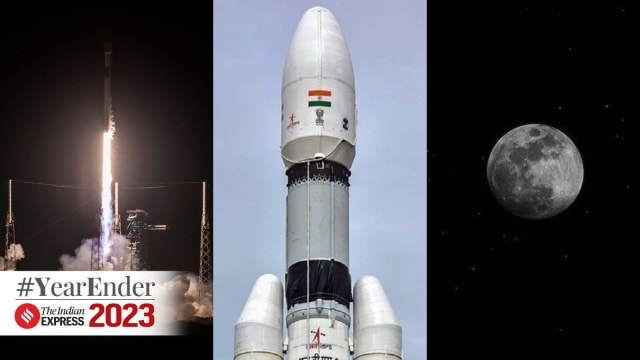 From Moon landings to asteroid samples, 2023 proves another groundbreaking year in space. (Express image)
From Moon landings to asteroid samples, 2023 proves another groundbreaking year in space. (Express image)When Chandrayaan 3 made a soft landing on the Moon this year, it underlined a hard truth — India is right up there on the list of the biggest spacefaring superpowers in the world along with the United States, China, and Russia. While the Indian Space Research Organisation’s grand success with the mission is quite monumental, that was not the only space exploration mission that pushed the boundaries of what we thought was possible.
Despite all of the impressive feats that were conducted this year, it did not quite live up to what happened in 2022. During that year, NASA launched the Artemis 1 Moon mission, marking the first step in humanity’s return to the Moon. Before that, we got the first images from the pathbreaking James Webb Space Telescope. China also made waves with the completion of its first space station.
2023 may pale in comparison to 2022 when it comes to space exploration but it would be untruthful to say the year that went by was uneventful. The American Space Agency NASA continued its prolific run this year with many landmark missions, including the OSIRIS-REx mission that returned a sample of the asteroid Bennu and the Psyche mission that launched to explore the origin of planetary cores.
Even a human spaceflight record was broken this year. When China’s Shenzhou 16 mission to its Tiangong space station launched on May 29 and took three astronauts into orbit, it took the total number of humans in orbit to a world record — 17. There were 6 astronauts aboard Tiangong and 11 on the International Space Station.
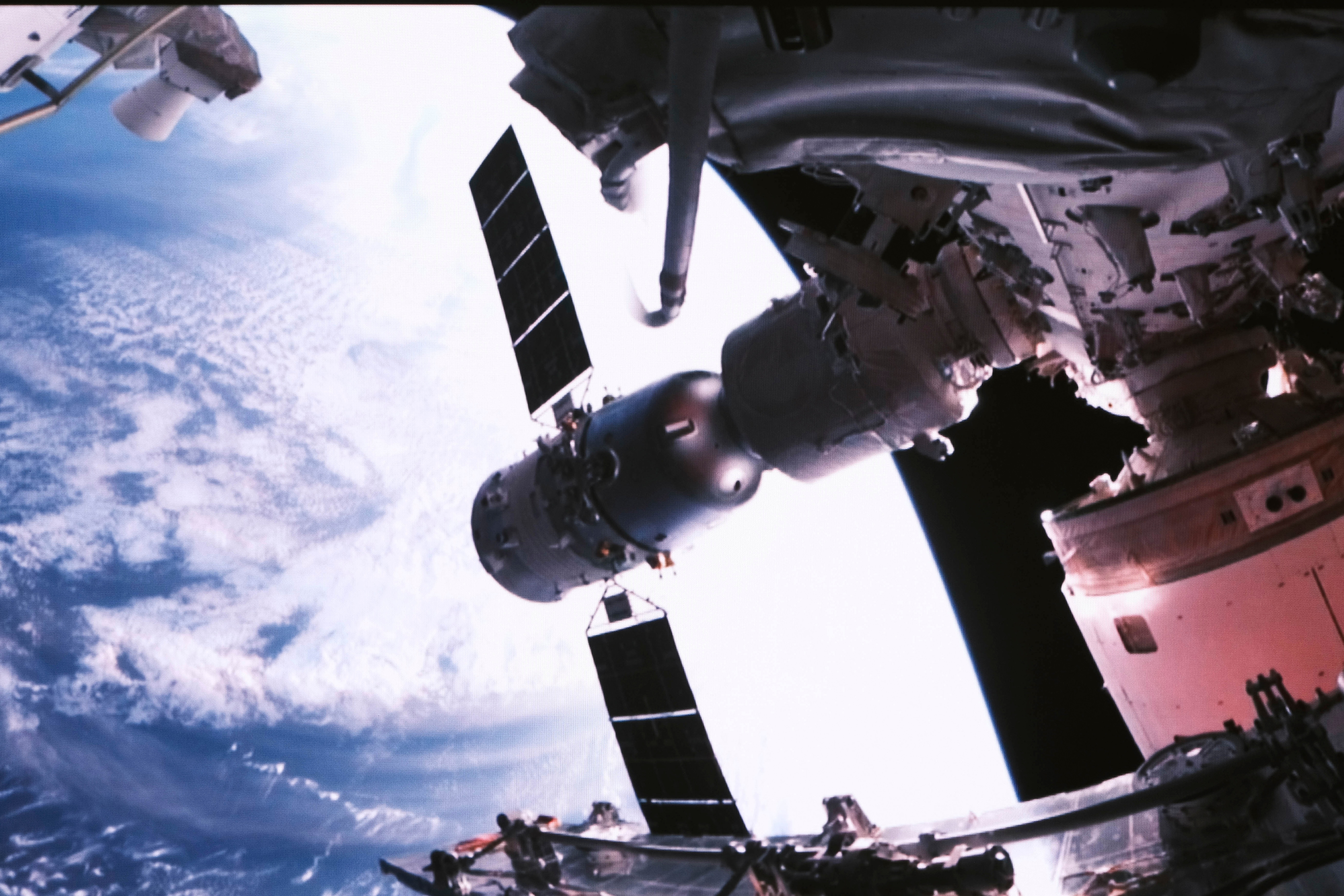 This photo released by Xinhua News Agency shows a screen image captured at Beijing Aerospace Control Center on May 30, 2023 of the Shenzhou-16 crewed spaceship successfully docking with the radial port of core module Tianhe of the Chinese space station. China launched a new three-person crew for its orbiting space station on Tuesday, with an eye to putting astronauts on the moon before the end of the decade. (Li Jie/Xinhua via AP)
This photo released by Xinhua News Agency shows a screen image captured at Beijing Aerospace Control Center on May 30, 2023 of the Shenzhou-16 crewed spaceship successfully docking with the radial port of core module Tianhe of the Chinese space station. China launched a new three-person crew for its orbiting space station on Tuesday, with an eye to putting astronauts on the moon before the end of the decade. (Li Jie/Xinhua via AP)
But not all missions had sweet endings. Russia’s first independent lunar mission in decades, Luna-25, crashed onto the lunar surface as it attempted to become the first mission to land near the moon’s south pole. The Hakuto mission, the first privately-led lunar mission in history, also crashed onto the moon after spending nearly 5 months in space. Elon Musk’s SpaceX also managed two explosions in the year. Starship, the biggest rocket ever built, exploded during both of its first two test flights.
Here are the biggest spaceflight milestones that happened in 2023 and why they changed space exploration.
India heads to the Sun and the Moon
Both the Chandrayaan-3 mission and the Aditya L1 solar probe were huge firsts for India. Chandrayaan-3 made India just the fourth country in the world with the capability to soft-land a spacecraft on the Moon. The Aditya L1 mission is the country’s first mission to study the Sun and space weather.
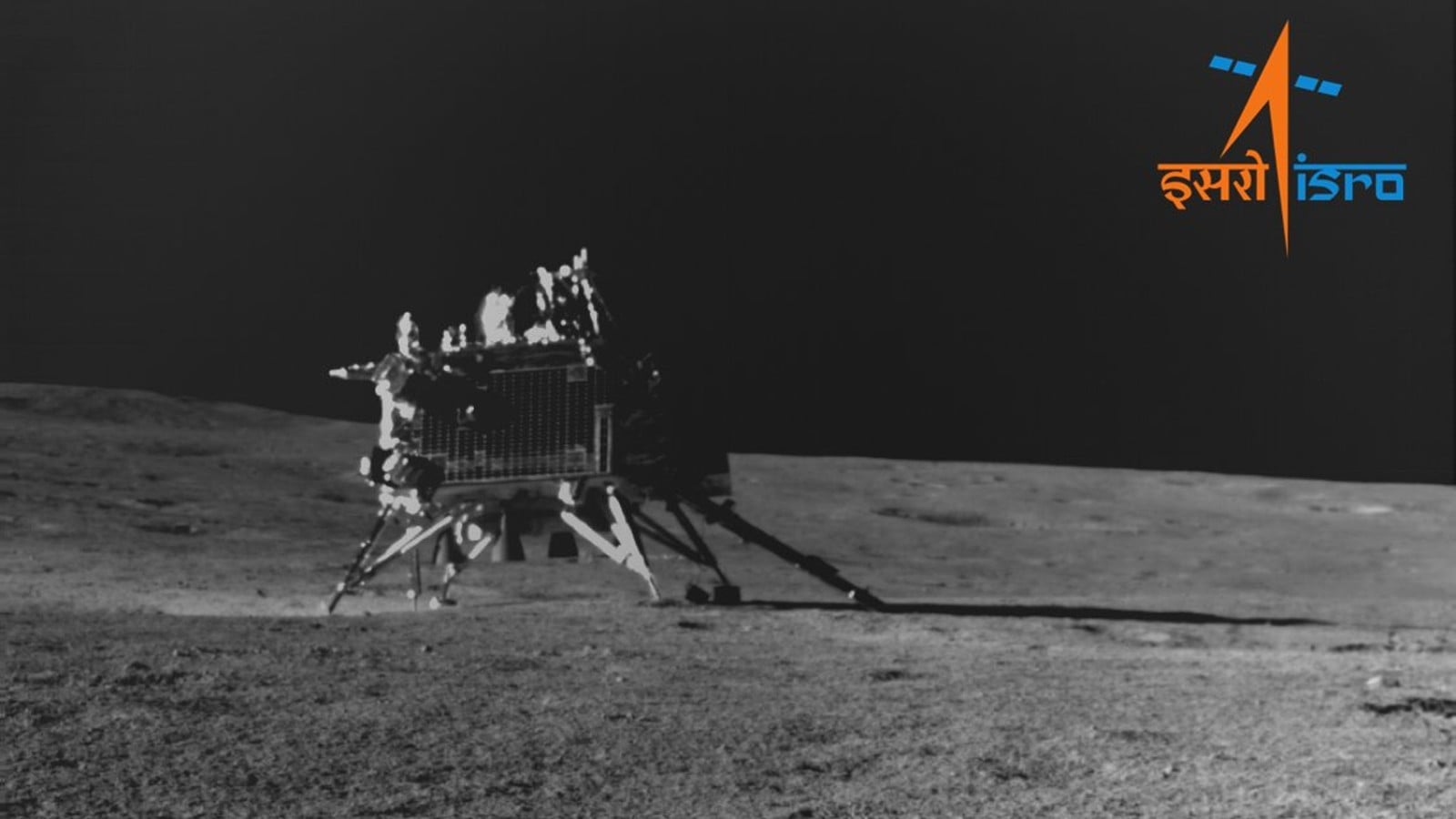 Vikram Lander on the lunar surface (Image credit: ISRO)
Vikram Lander on the lunar surface (Image credit: ISRO)
After proving its soft launch capabilities, the next step for ISRO is to develop and deploy the ability to bring back samples from the moon. And that is exactly what it is doing. The space agency plans to launch Chandrayaan-4 in 2028 to bring back lunar samples.
Chandrayaan-3 made history as the first spacecraft to land near the South Pole of the Moon but just weeks later, the space agency launched its first spacecraft to study the Sun. Aditya L1 will travel around 1.5 million kilometres away from the planet to the first Lagrange point, or L1, between the Sun and the Earth.
Pieces of an asteroid
NASA’s OSIRIS-REx mission collected samples from the asteroid Bennu and left it in May 2021 on a two-year-long journey home. Then, in September 2023, it dropped a “parcel” containing the sample to Earth, with it landing in a desert in Utah as the space agency planned. The asteroid was chosen for the mission because it is thought to be a “time capsule” from the birth of our solar system.
 This Aug. 11, 2020 photo shows the sampling arm of the OSIRIS-REx spacecraft during a rehearsal for an approach to the “Nightingale” sample site on the surface of the asteroid Bennu. (NASA/Goddard/University of Arizona via AP)
This Aug. 11, 2020 photo shows the sampling arm of the OSIRIS-REx spacecraft during a rehearsal for an approach to the “Nightingale” sample site on the surface of the asteroid Bennu. (NASA/Goddard/University of Arizona via AP)
An initial study of the samples found evidence of a high carbon content and the presence of water. This means that a 4.5-billion-year-old asteroid has some of the same building blocks of life that started it on our planet.
The core of planets
Just like with Bennu, studying astronauts in the solar system will help us understand more about it and how it was formed. Psyche is the name of both the asteroid and the mission to visit it. The asteroid is more than 500 million kilometres away from us, meaning that even light will take 31 minutes to travel the distance. NASA estimates that the mission will reach the asteroid in six years.
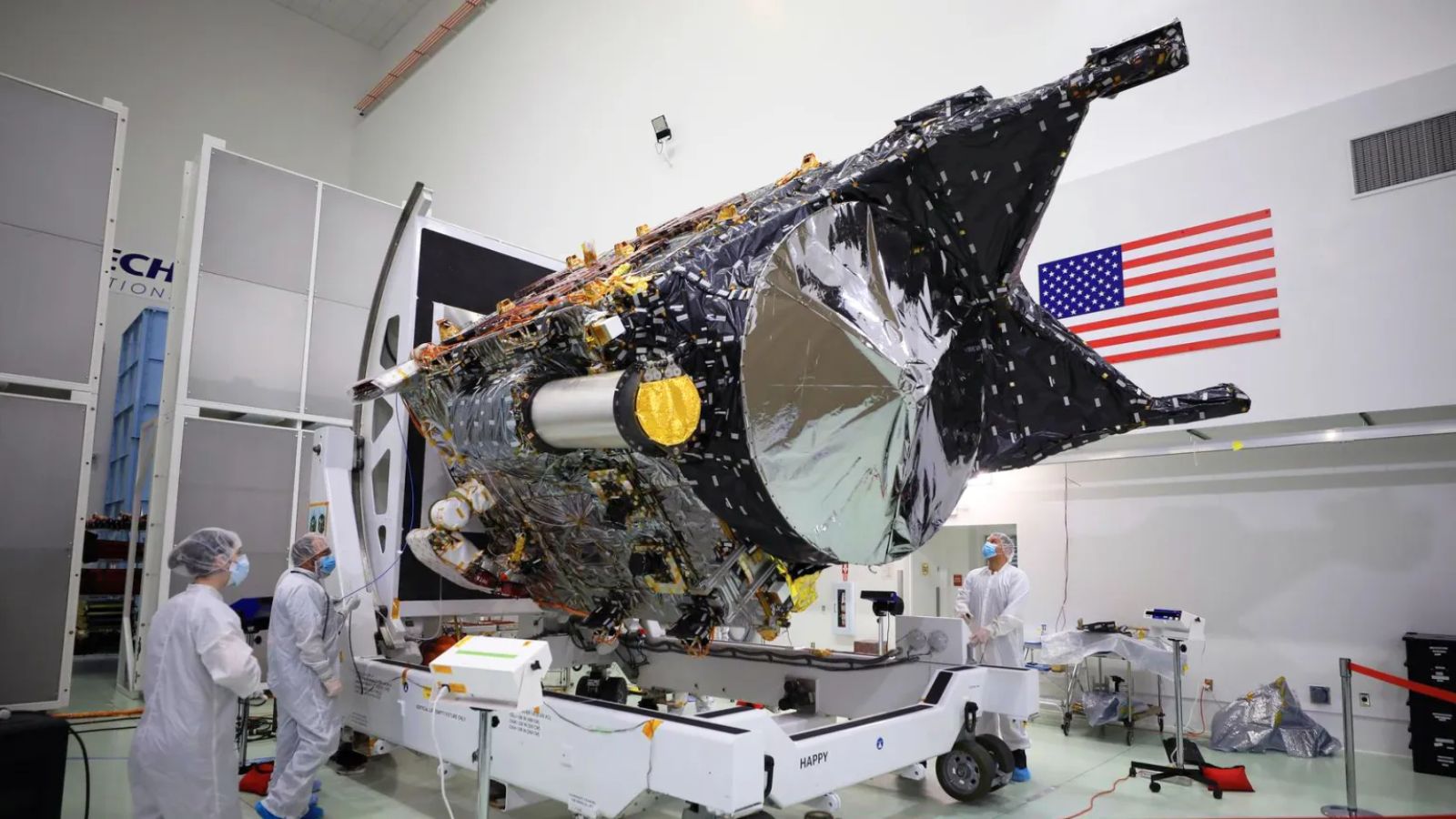 NASA’s Psyche spacecraft is shown in a clean room at the Astrotech Space Operations facility near the agency’s Kennedy Space Center in Florida on Dec. 8, 2022.
NASA’s Psyche spacecraft is shown in a clean room at the Astrotech Space Operations facility near the agency’s Kennedy Space Center in Florida on Dec. 8, 2022.
Psyche is believed to have a high metal content. This means that there is a chance that it is a planetisimal, one of the building blocks of planetary systems. Essentially, studying the asteroid will help scientists understand the cores of rocky planets like ours. While it is not possible to directly study the core of Earth, looking at planetisimal will offer us a window into understanding how the planet and the solar system were formed.
Hakuto
The Hakuto mission was led by Tokyo-based space technology startup ispace and if it succeeded, it would have been the first private lunar mission. Interestingly, ispace would have joined the same list that India did by proving soft lunar landing capabilities.
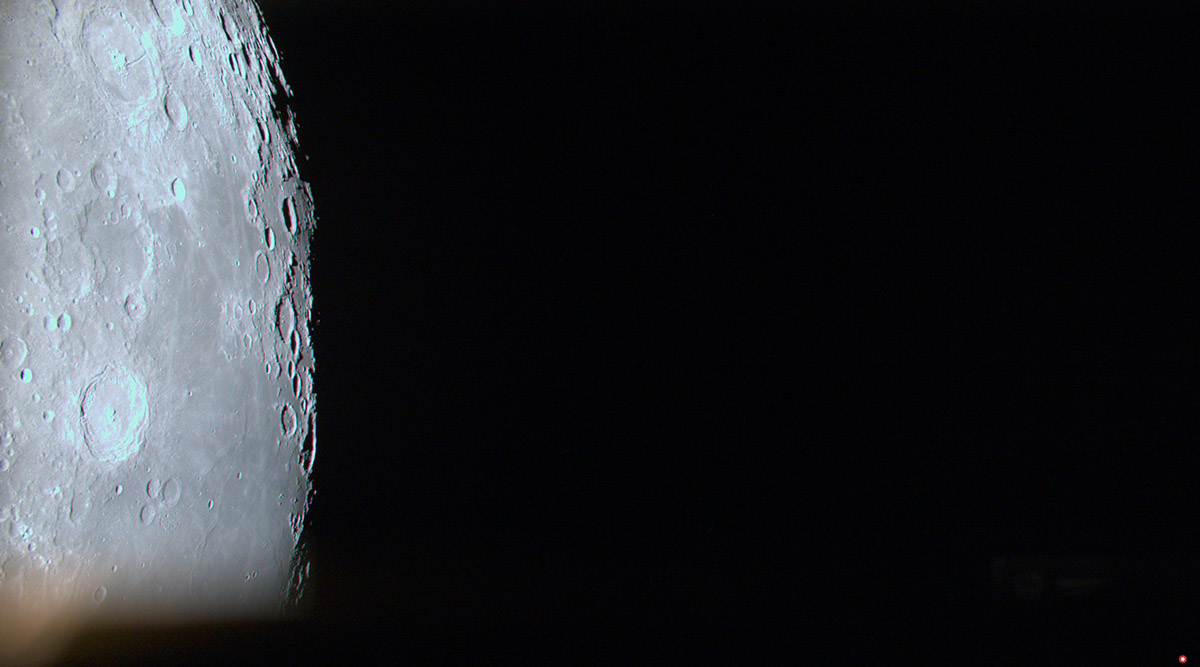 The image sent back by Hakuto-R lander shows some well-lit impact craters on the lunar surface. (Image credit: Ispace / Twitter)
The image sent back by Hakuto-R lander shows some well-lit impact craters on the lunar surface. (Image credit: Ispace / Twitter)
But moments before the spacecraft was set to touch down on the Moon, ground teams lost contact with it. And more than six hours after that, the company confirmed what everyone had already suspected, saying there was “a high probability” that the lander slammed into the Moon and got destroyed.
Despite the crash, Hakuto marks an important moment for the spaceflight industry. Just a decade ago, it would be unimaginable that a company like ispace would embark on a lunar mission of its own. But in recent years, space technology companies like SpaceX, Rocket Lab, and others have demonstrated they are ready to take on more leading roles in space.
Luna-25
Both the Hakuto mission and Russia’s Luna-25 served to underscore how difficult a lunar landing was before Chandrayaan-3 landed. Luna-25 was Russia’s first mission to the lunar surface in 46 years after the last landing by the erstwhile Soviet Union. The mission ended in failure with the spacecraft crashing on the lunar surface.
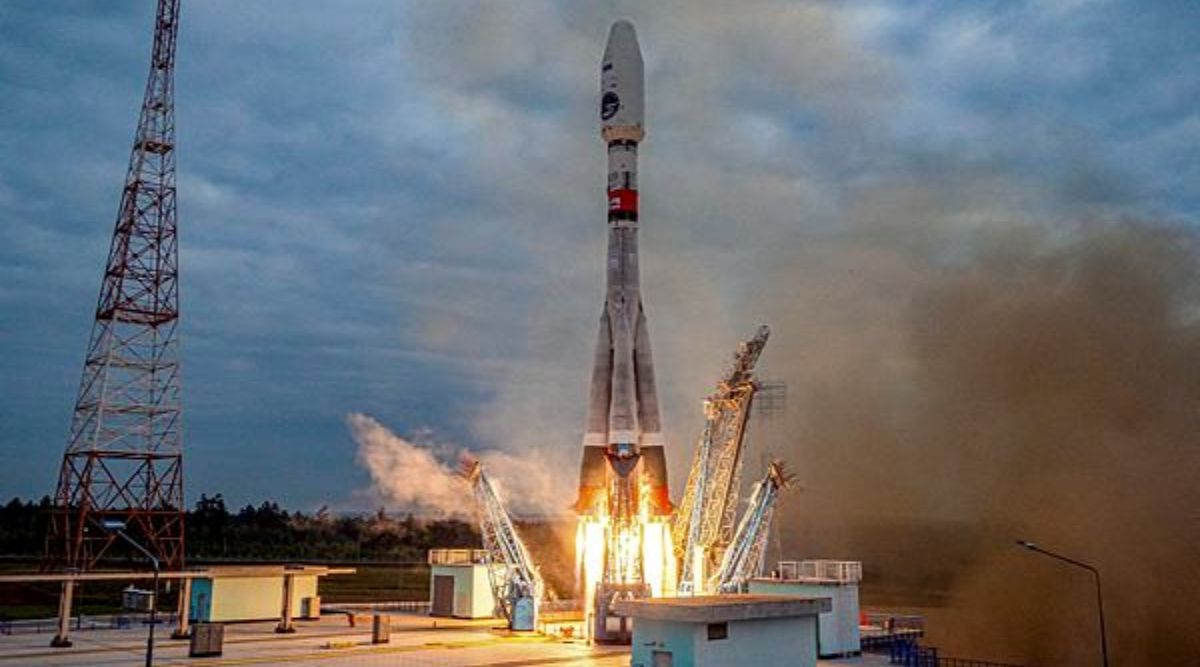 In this image made from video released by Roscosmos State Space Corporation, the Soyuz-2.1b rocket with the moon lander Luna-25 automatic station takes off from a launch pad at the Vostochny Cosmodrome in the Russian Far East on August 11, this year. (AP)
In this image made from video released by Roscosmos State Space Corporation, the Soyuz-2.1b rocket with the moon lander Luna-25 automatic station takes off from a launch pad at the Vostochny Cosmodrome in the Russian Far East on August 11, this year. (AP)
How hard is it to land on the Moon? More than 20 successful lunar soft landings have happened and six of those times were with astronauts on the Moon. But apart from the three Chinese landings over the past decade, all successful landings happened in the period between 1966 and 1976.
Just in the last four years, private and government space agencies from four countries — India, Israel, Japan, and Russia —-tried to soft-land on the Moon and failed. All those failed missions met problems during the very last stage; the actual landing. Chandrayaan-3 proved India’s lunar landing capabilities while Hakuto and Luna-25 showed us how difficult it was.
Starship
It is quite an impressive feat to make the same spacecraft explode twice in the same year but that is exactly what SpaceX seemed to do with Starship. But with those explosions, the Elon Musk-led company also showed how private space technology companies can work in a way that is impossible for government agencies.
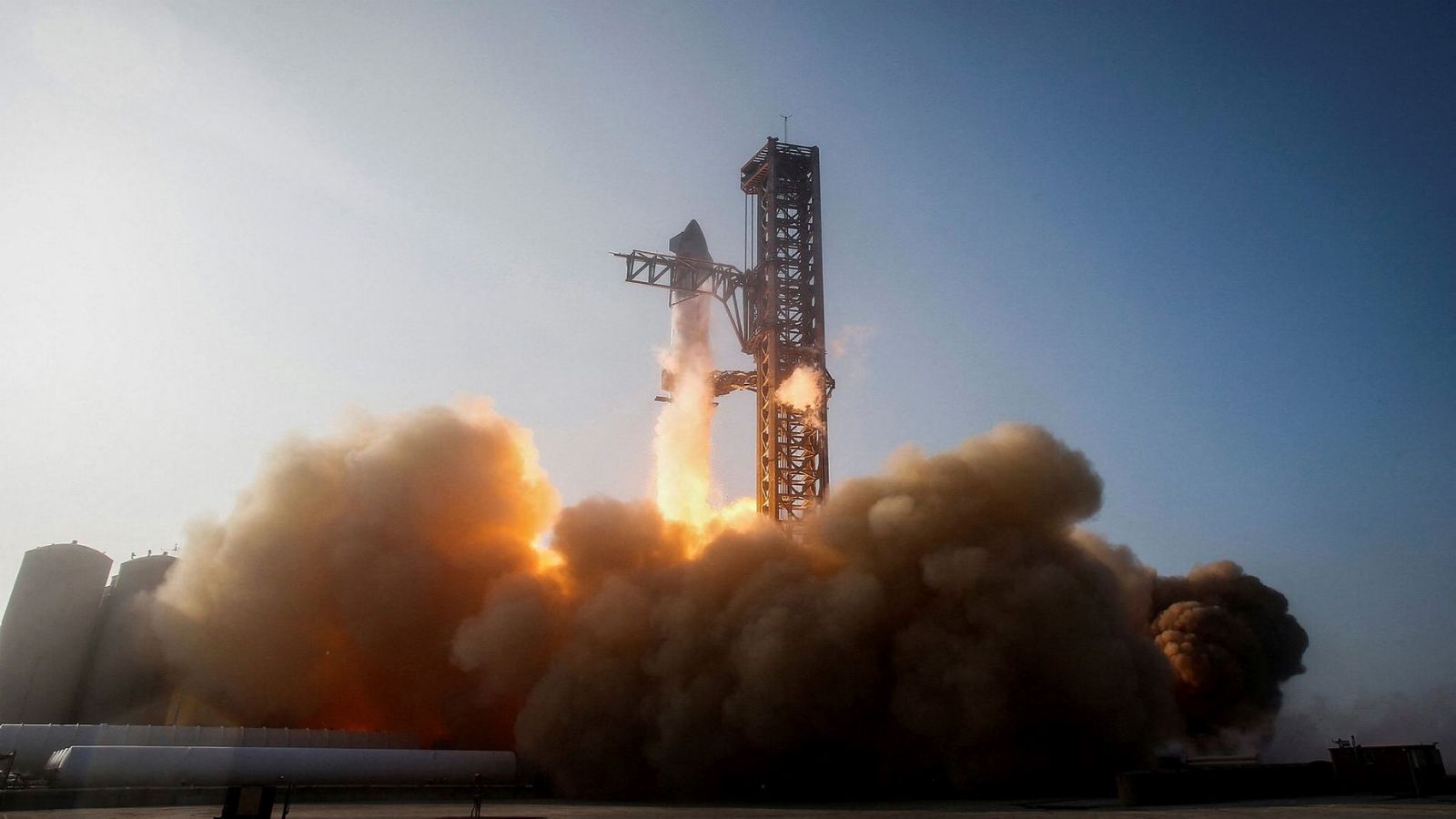 SpaceX’s Starship lifts off during an orbital test mission, on the company’s Boca Chica launchpad near Brownsville, Texas, U.S. April 20, 2023. (Illustrative image, Reuters)
SpaceX’s Starship lifts off during an orbital test mission, on the company’s Boca Chica launchpad near Brownsville, Texas, U.S. April 20, 2023. (Illustrative image, Reuters)
SpaceX has a philosophy that is all too common in Silicon Valley tech circles — fail fast and iterate. The company develops and deploys technology quickly and if and when they fail, they learn from the failure to improve the technology before doing it all over again. Government space agencies, meanwhile, often find themselves stuck in bureaucratic red tape and are forced to develop missions more thoroughly at the cost of time and indeed, money.
That is where companies like SpaceX, Blue Origin, Rocket Lab, and others came in. Because of the inherent difference in the way they are structured, they can be faster and more agile than government space agencies when it comes to developing new technologies. Starship’s two explosions were an important reminder of how private companies can accelerate spaceflight.







